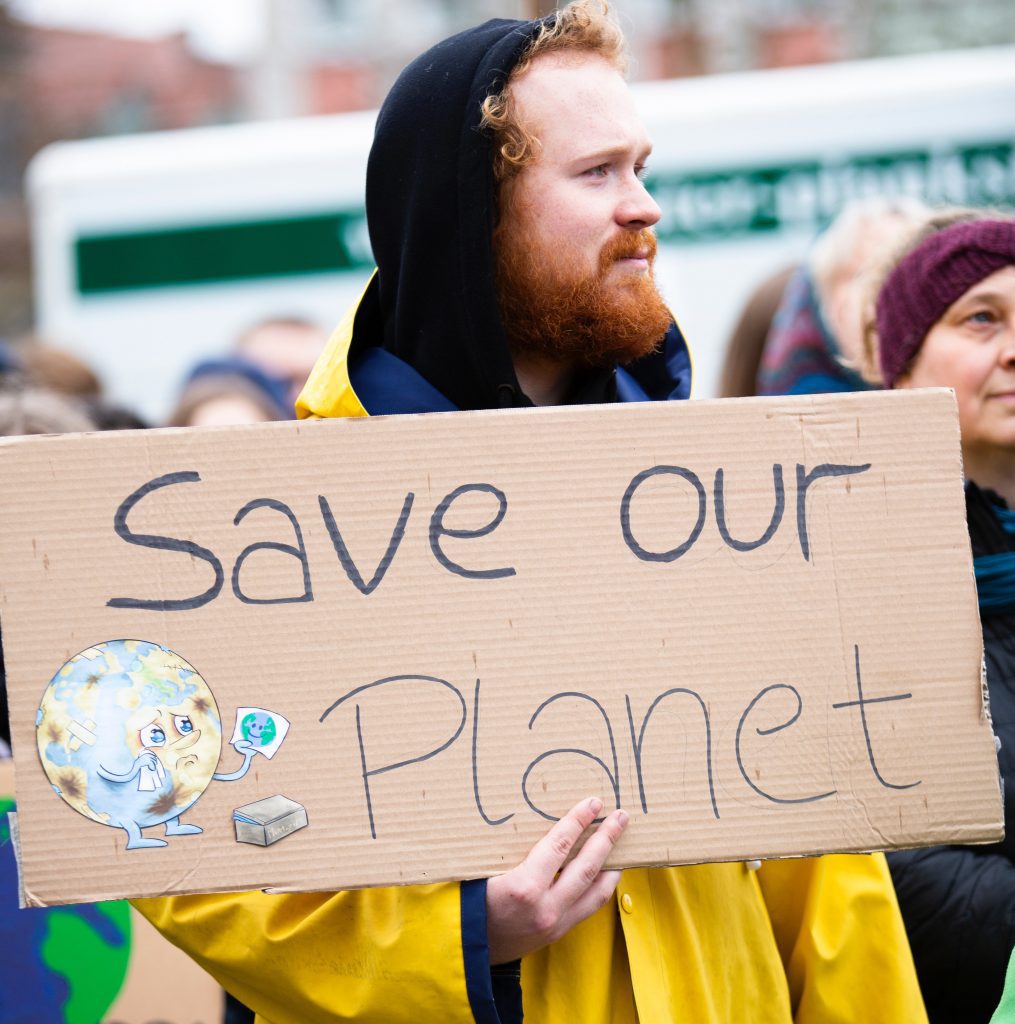By SWNS Staff // SWNS
New York office - 646-873-7565 / usnews@swns.com
NEWS COPY w/ VIDEO & INFOGRAPHIC
Seven in 10 Americans believe they’ll have to change where they live at some point in their lives due to climate change, according to new research.
The study asked 2,000 Americans about their attitudes on climate change and found three-quarters of respondents believe there is currently a global climate crisis.
Nearly three-quarters of respondents also said they were worried about the current global climate, with 34% saying they were “very” worried.
Conducted by OnePoll on behalf of SUEZ – Water Technologies & Solutions ahead of Earth Day, the survey found half of all respondents reported their biggest environmental concerns were wildfires, water pollution and air pollution.
Southwestern respondents were most worried about air pollution (58%), Midwesterners were most concerned about water pollution (62%) and Southerners were most concerned about wildfires (57%).
Water scarcity seems to be a concern across the country; 69% of respondents were in agreement that water scarcity is a major environmental concern of theirs.
But for respondents in the Northwest and Northeast, water scarcity was actually their top climate-related concern – at 45% and 53% respectively.
Three-quarters of respondents appear to be so worried about water scarcity, they’re even willing to see their taxes increase if it meant their city or municipality would invest more in protecting their local water supply.
“Leaders across the world are fully engaged with the global health crisis, as they should be. But the environmental challenges that existed before the crisis will remain as the economy rebounds,” said Yuvbir Singh, CEO of SUEZ – Water Technologies & Solutions. “I believe the world will emerge from this crisis more prepared and eager to tackle big problems, like the threat of water scarcity. The technology to reuse our most precious resource exists today and further investment in sustainable infrastructure can help solve global water scarcity.”
And overall, 77% of respondents agreed more people should be educated on the problem of water scarcity.
Yet, 67% of respondents reported they don’t know where to go for information on climate issues such as water scarcity.
Respondents were also asked about what they perceive the biggest threats to their local water supply to be.
The top risks to water supplies were listed as pharmaceuticals (48%), pesticides (46%), lead (45%) and microplastics (43%).
Midwestern respondents were most concerned with the threat pharmaceuticals pose to their local water supply, at 57%
Microplastics were the biggest concern for Northwestern (48%), Southwestern (48%) and Northeastern (47%) respondents.
Respondents in the South were most concerned about pesticides, at 55%.
“Water isn’t only used to support human life. We use it to wash our clothes, irrigate farms and manufacture the products we use every day,” Singh said. “While individual conservation is important, industry, communities and governments must come together to solve this challenge. We have the advanced technologies needed to provide water and wastewater treatment as well as water reuse, and they’ve been proven to work globally. Together, we can create a secure water future.”
AMERICANS’ TOP 10 CLIMATE CONCERNS
- Wildfires 51%
- Water pollution 50%
- Air pollution 50%
- Water scarcity 48%
- Drought 42%
- Flooding 40%
- Deforestation 39%
- Increasingly severe weather patterns 34%
- Rising sea levels 33%
- Melting ice caps 32%
TOP PERCEIVED THREATS TO WATER SUPPLIES BY REGION
NORTHWEST
- Microplastics 48%
- Pharmaceuticals 48%
- Lead 45%
- Pesticides 41%
- VOCs (Volatile organic compounds) 38%
- PFAS (Perfluorooctanoic acid) 37%
- Fertilizers 25%
SOUTHWEST
- Microplastics 48%
- Pharmaceuticals 46%
- Lead 46%
- Pesticides 46%
- VOCs (Volatile organic compounds) 42%
- Fertilizers 37%
- PFAS (Perfluorooctanoic acid) 35%
MIDWEST
- Pharmaceuticals 57%
- Lead 50%
- PFAS (Perfluorooctanoic acid) 46%
- Pesticides 41%
- Fertilizers 31%
- Microplastics 30%
- VOCs (Volatile organic compounds) 29%
NORTHEAST
- Microplastics 47%
- Pesticides 47%
- Pharmaceuticals 46%
- Lead 45%
- VOCs (Volatile organic compounds) 43%
- PFAS (Perfluorooctanoic acid) 37%
- Fertilizers 32%
SOUTH
- Pesticides 55%
- Pharmaceuticals 46%
- Microplastics 42%
- Lead 41%
- Fertilizers 41%
- VOCs (Volatile organic compounds) 34%
- PFAS (Perfluorooctanoic acid) 26%
